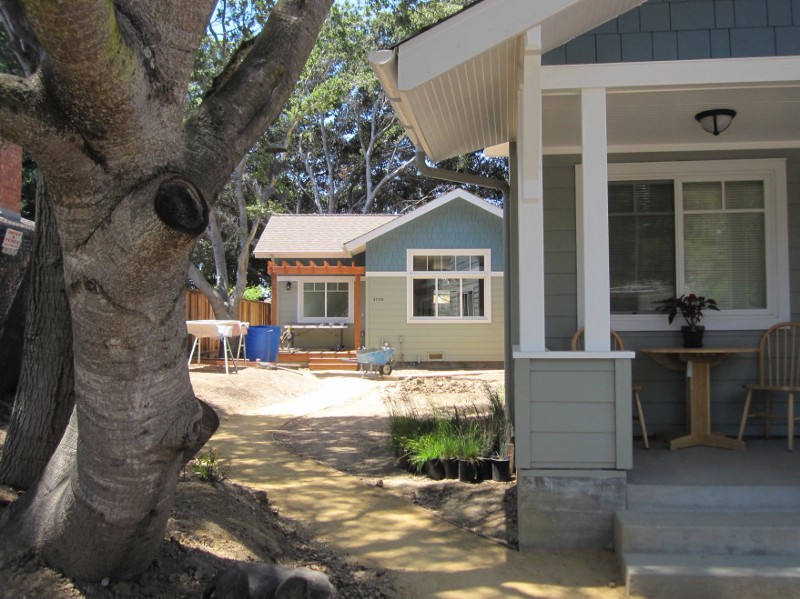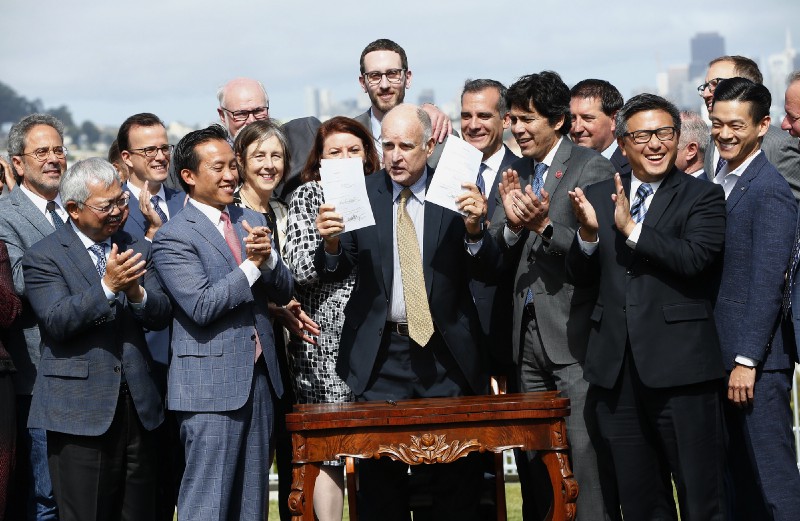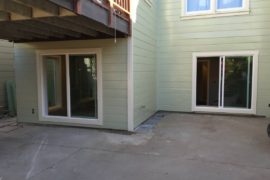Law Surrounding Accessory Dwelling Units, Aka ‘Granny Flats’
Accessory Dwelling Units (ADUs), colloquially known as in-law units or granny flats, are gaining popularity throughout the Bay Area and beyond. Once vilified as a way of cramming more people into tighter spaces or deemed as a way for profiteering homeowners to make money without obtaining permits, these pint-sized units are back in vogue with the Golden State woefully behind on the home production needed to keep pace with a burgeoning population.
With construction on the upswing, there are still other illegal units that are eligible for proper permitting.
The ease of building in-law units become a newsworthy topic across many Bay Area locales lately. This SF Chronicle article shows the creativity of San Francisco Landlords in carving new apartments out of everything from garages and basements, to old boiler rooms.
While in-law units are commonly added to single-family homes in Bay Area cities, most of the activity in San Francisco is happening in larger apartment buildings. San Francisco is unique in creating an ADU program for multifamily buildings, rather than only single-family homes. “It’s a soft way to increase density in a dispersed fashion without changing the physical landscape very much”, says Kristy Want, policy director at the urban think tank SPUR. Other municipalities throughout California are removing roadblocks to in-law unit construction by enacting their own local ordinances, changing the shape of housing as we know it.
“Whether detached, attached, part of a residential cluster or in a multiunit building, more and more dwellings in coming decades will look less and less like the home you now inhabit or the home where your parents grew up”, submits this Washington Post Article. This shifting composition of housing is healthy, in our view, and at Bornstein Law, we are encouraged that long-standing, obsolete zoning ordinances that have stifled housing opportunities and impeded real estate development are finally being revisited or unstripped.
The sprout of in-law units are compliments of legislation signed by Gov. Jerry Brown designed to reforming building laws for in-law suites and help the housing crunch. The two-pronged set of bills, AB 2299 and SB 1069, put local municipalities on notice that onerous restrictions on building in-law units would be “null and void” and until such time local government adopts its own ordinance that aligns with State law, the standards of Government Code §65852.2 will be enforced.
State Law essentially puts local governments in check by revoking city-level ordinances that impede construction of in-law units — from parking restrictions to fire sprinkler requirements to exorbitant costs — making way for new and comparatively lenient, baseline criteria for approval. This has effectively tilted the balance of power in favor of in-law units and recognizes the role they can play in putting a dent in the housing shortage.
Certain obstacles that were axed in the legislation include:
- An ADU can be attached or detached from the primary residence;
- An ADU cannot be required to have a clear passageway to the street;
- Attached ADUs can be up to fifty percent (50%) of an existing living area with a maximum floor area of 1,200 square feet. Detached units are only subject to the 1,200 square foot maximum;
- Parking requirements are reduced or eliminated;
- Utility connection requirements and fees for certain units are reduced or eliminated;
- Applications for ADUs within existing residences or accessory structures must be considered ministerially without the need for any discretionary hearing and within 120 days of submittal.
Although the state has issued guidance on what a municipality can and can’t do, it stops short of writing the city’s ordinance — that is the prerogative of local government. Ordinances vary widely throughout the Bay Area, and making sense of the planning and building regulations are best approached with a real estate attorney that is intimately familiar with the building codes and rules formally adopted in your locale.
In parting thoughts, there is a large rental housing stock throughout the Bay Area that is considered “illegal” for any number of reasons such as unpermitted construction or lack of a certificate of final completion or occupancy. These illegal units can incur the ire of building inspectors that demand their removal, tenancies may be subject to “just cause” eviction provisions, and even invite tenants to make the claim they are not legally obligated to pay rent.
Owners that want to come out of the shadows to legalize their illegal in-law unit should be buoyed by the fact that more often than not, cities prefer to legalize, versus remove, these illegal dwellings. Doing so can add value to the property and provide a level of certainty and security that is only enjoyed by a compliant landlord.
Whether you are contemplating the construction of an in-law unit or looking to bring your illegal in-law unit up to compliance, it’s of utmost importance for property owners to evaluate the law and its impact on your real estate. As the foremost experts in in-law planning, our goal is to educate you on the risks and potential rewards to make an informed decision as to whether these secondary units are right for you, given your unique circumstances.
As always, Bornstein Law is happy to engage any questions. Contact our office today.




